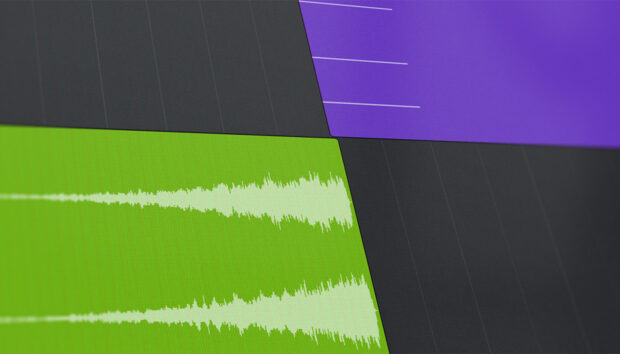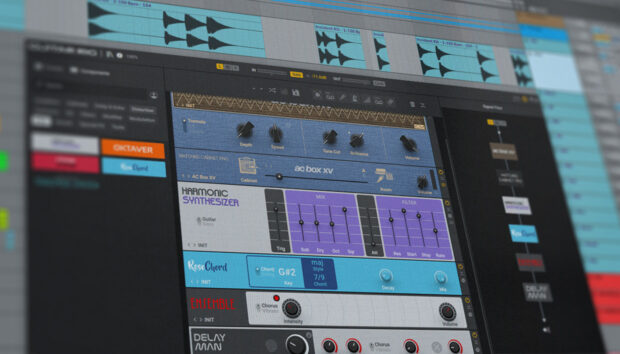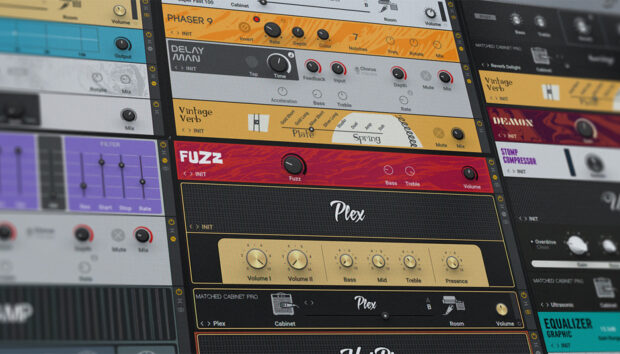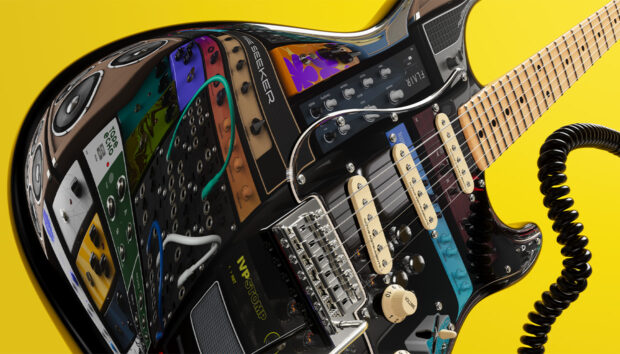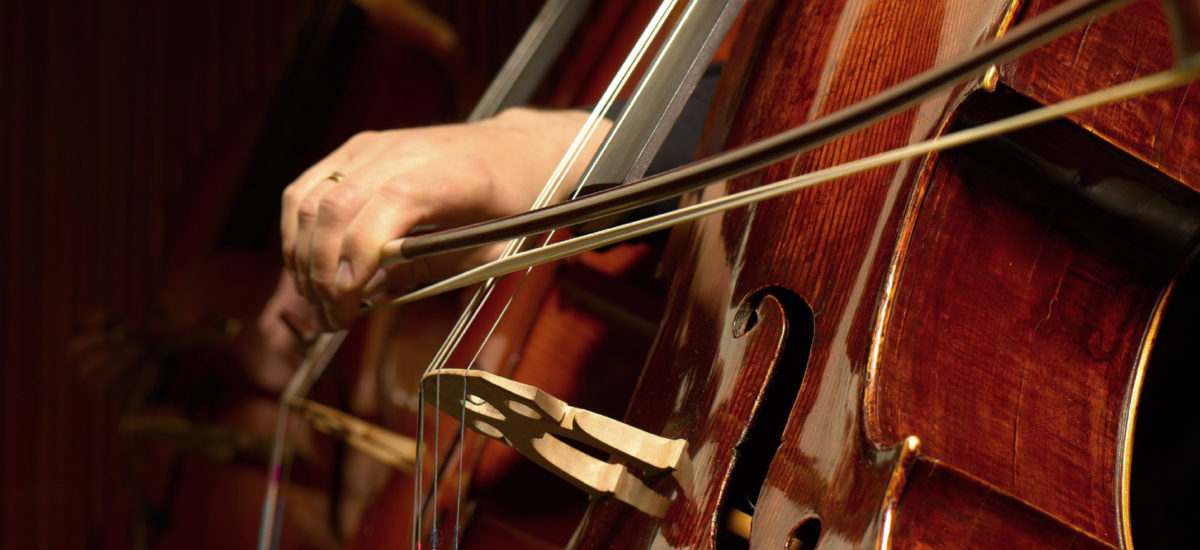
Firstly, know what you’re aiming for
Before pulling out your sample libraries it’s important to know how string players perform and to be aware of their limitations. There are many resources that explain aspects like individual instrument ranges, articulation types, and playing techniques. If you want to really dig into the topic, Paul Gilreath’s Guide To Midi Orchestration is a good place to start, and you might also pick up The Study Of Orchestration by Samuel Adler. Beyond that, you can study printed scores to see the composer’s own notation and learn how how strings accompany and complement the rest of the orchestral sections. However, nothing beats the real deal so get inspired by attending a live concert. Sit near the front of the auditorium and watch how the string players use their instruments as they perform the music. It’s only by close-up observation that you can experience their bowing techniques, vibrato fingering, and see the dynamic flow of the performance in action. Back in the studio, you can translate that knowledge to your own string parts, using virtual instruments to emulate bow changes, vibrato, and expression.
The right tools
Depending on the kind of string writing you’re doing, you’ll need to program strings in many different ways and use various types of libraries. For example, the smaller ensemble of SESSION STRINGS 2 is more appropriate for pop and other uptempo genres due to the closely mic’d recording sessions. The selection of accented articulations such as scoops and falls is a staple of disco music in particular. However, if you’re looking for a lush cinematic feel then the SYMPHONY SERIES strings are a better bet – the expressive 60-piece ensemble and portamento transitions make for a romantic Hollywood feel.
The music of modern media scoring broadly follows the trends of the TV industry. Right now, raw and intimate sounding strings with delicate harmonics are popular, so you’ll hear a lot of sordino and flautando articulations. This audio example uses a patch from Sonokinetic’s NKS-ready Sotto and another from Heavyocity’s Intimate Textures to evoke the feeling of shivering nordic wastelands.

Divide and conquer
If you’re using a keyboard MIDI controller to write your string parts then it can be tricky to pull away from the mindset of a pianist. String writing has a style all its own, so bear that in mind whilst you’re programming and avoid simple block chords. A real-life string section will rarely play all at once, with violin, viola, celli and bass sections weaving melodies and accompaniment around one another. Emulate this within your own string writing by using individual section patches where necessary, rather than just one ensemble patch. In addition, any individual string section can be split into two or more “divisi” parts. Make sure that your string library has divisi sections recorded, as using these will give you a far more realistic result than just playing a chord with a single instrument patch. For example, libraries such as Hollywood Strings contain 16 violins divided into separate divisi patches of 9/7 instruments. The SYMPHONY SERIES strings go one step further with an Auto Divisi engine that automatically allocates the correct number of instruments to the incoming MIDI notes. These audio examples are played with a violins patch. The first with no divisi, where you can hear the notes build up unrealistically and the second with Auto Divisi switched on for a realistic number of players.

The sound of space
Most string libraries come with a variety of microphone positions and often an onboard reverb to place the strings in an emulation of a physical space. This processing nicely showcases the out-of-the-box tone but you should consider these default settings more of a starting point than the end goal. Experiment with different microphone combinations and reverbs to make your strings sound as if they are being played in the same room as the other instruments of your track. This can be a tricky task and discussion of the finer points of orchestral placement and mixing deserve their own feature, but here are some pointers: To begin, solo the closest microphones, disable the string instrument’s onboard reverb and route the strings to the same reverb processing as the rest of your instruments. This will probably sound too close and dry so begin to introduce other mics in order of distance until you hear a more realistic sense of space. You may need to ease off the close mics or EQ them to remove some of the harshest upper frequencies. Listen to professional soundtracks and you’ll hear that string ambience is often far drier than you might expect, so use those recordings as reference points.
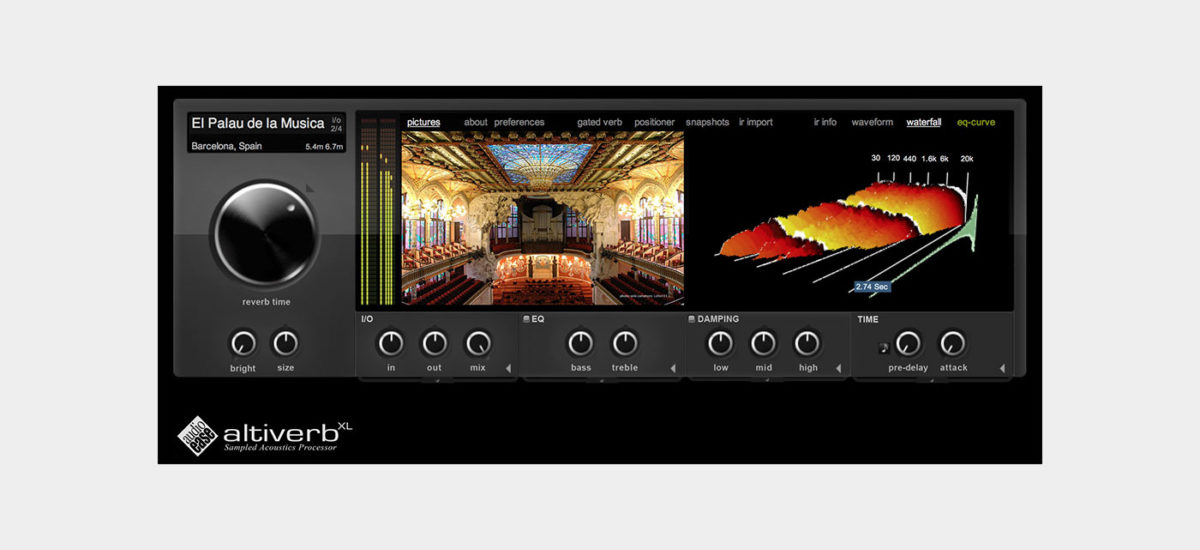
Modern layering
So far we’ve mostly been discussing realism in string parts but it can be equally effective to turn that idea upside down. Modern scores often shun traditional orchestration in favor of hybrid soundtracks that use synths and special effects. Strings haven’t been left out, and many audiences will equate “better” sounding strings with more dramatic sounds featuring with weighty timbres and sharp accents. This is usually accomplished by layering up string libraries or combining them with synthetic sounds.
Try layering two different string libraries together, in this case the original SYMPHONY SERIES motif in the first example is layered with Symphobia 1 in the second example, each slightly detuned a few cents away from standard pitch for a thick and lush feel.
For tight spiccato motifs, duplicate your original spiccato part (example 1) to a new track and transpose the MIDI down by six semitones. Then set the Kontakt master tuning knob to +6 which returns the strings to the same pitch as the original part, resulting in a much more aggressive feel when they’re layered together in example 2.
String parts can easily be doubled with simple waveforms from MASSIVE or other soft synths. A mono sine wave with a similar ADSR curve to your strings and a little tube saturation is perfect for giving low end clout to this contrabass part. Listen to the before and after.












